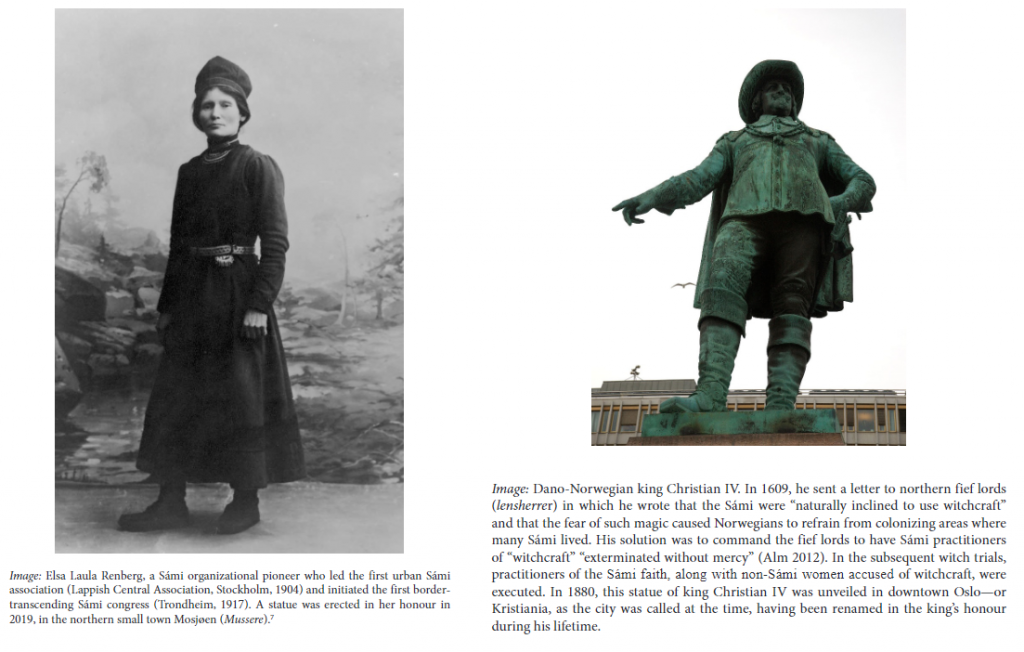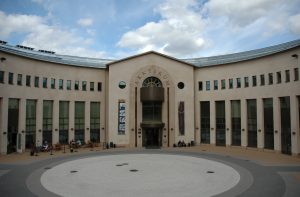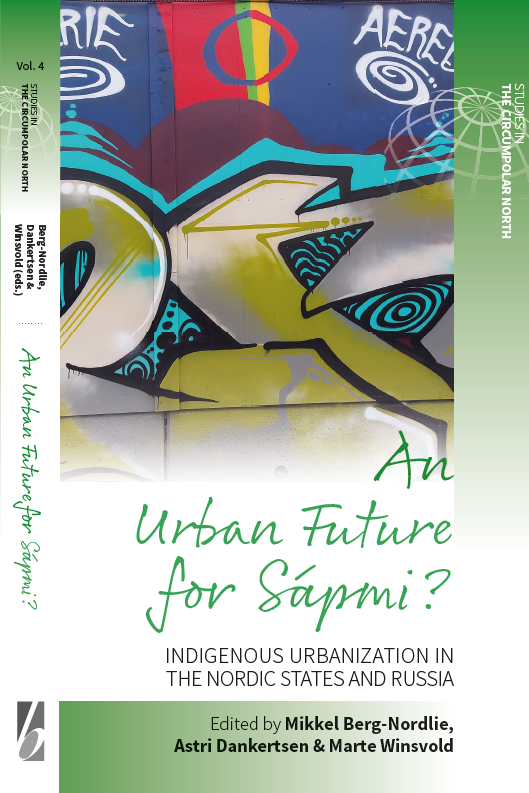The project is a cooperation between NIBR (Oslo, Norway), Nord University (Bodø, Norway) and the Arctic Centre (Rovaniemi, Finland). The following researchers constitute the project team.
NIBR Urban and Regional Research Institute, Oslo and Akershus University College of Applied Sciences
Mikkel Berg-Nordlie. Key subjects: Urban indigenous governance, urban indigenous spaces, youth organizing, education and kindergardens. Case areas: Oslo, Trondheim, Alta (Norway). Project leader, 2017-2022.
Jørn Holm-Hansen. Project leader, 2015-2017.
Nord University
Astri Dankertsen. Key subjects: Urban indigenous identity, youth organizing. Case areas: Bodø, Tromsø (Norway).
Arctic Centre, University of Lapland
Tanja Joona. Key subjects: Youth organizing, youth interest representation. Case areas: Helsinki, Oulu, Rovaniemi (Finland).
Researchers with other institutional attachments
Anna Andersen (Centre for Sámi Studies, UiT – Arctic University of Norway). Key subjects: Education and kindergardens. Case areas: Murmansk province (Russia).
Chris Andersen (University of Alberta). Key subjects: Global comparison. Indigenous urbanization.
Marte Winsvold (Institute for Social Research). Key subjects: Youth organizing. Case areas: Oslo (Norway). Project leader, 2015.
Christina Åhrén (private researcher). Key subjects: Youth organizing. Case areas: Umeå, Stockholm (Sweden).


